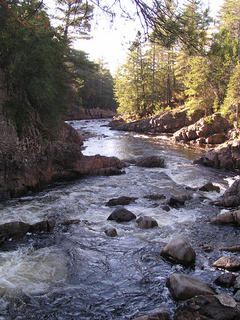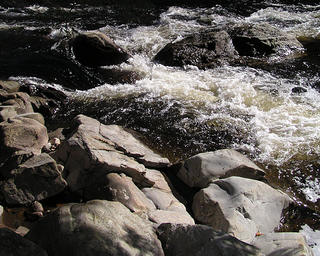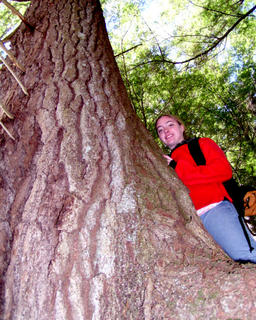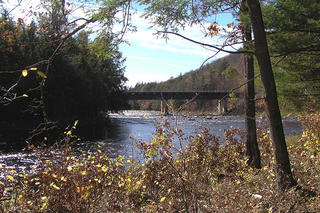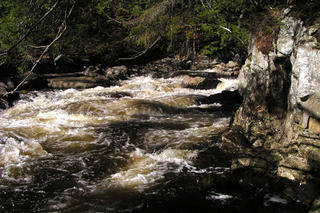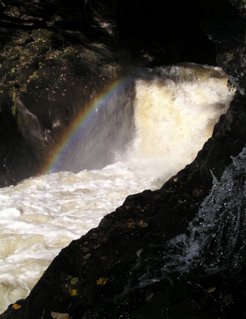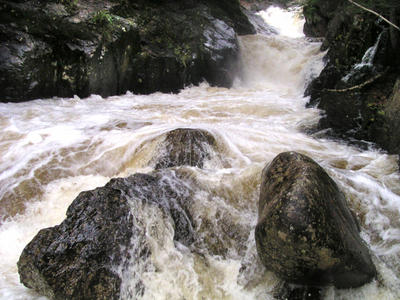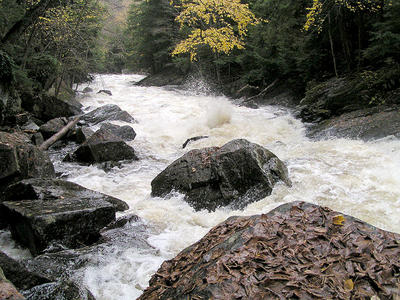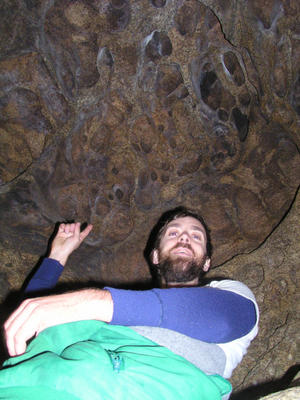The Long Strange Trip Since Then
All Text, All Update
4th October 2022
A lot of water flowed under the bridge. Life has changed, the world has changed.
Offspring: our children survived their youth and are now married, dispersed to far-flung corners of the States, and parents themselves in some cases.
Orion graduated with a Math Degree, after a few years married a young lady from Jamaica, Rochelle. Currently they live on a commune in the Catskills, though shortly they expect to be living much closer to us, in Lake Pleasant.
Autumn and her husband Brian are still in the military. Currently, she is taking care of home and 3 children in Alabama, while Brian endures another deployment. We've been to visit in the past year; it's a nice area, though the groves (forests!) of bamboo are a bit disconcerting.
Forest and Jonathan live with their 2 children in Colorado. We're kind of hoping the bulk of our family moves to this region, as a possible place for Robin and me to land in as our old age careens up on us.
So much water flowing underneath the bridge...
Us? We celebrated our 40th anniversary this year.
Our address. Same, sort of. The house where our children grew up simply wore out. It was well-built, but well-built in 1954, to be a summer home for one person. It was not intended for winter occupancy nor for a family of five. When we moved in in '93, it was already showing signs of overuse, from previous owners who used it as a ski retreat. Once our children left, there was a casual theory that eventually we would have to do something about shelter. Gradually theory became urgency.
We'd considered moving, but at the time I at least wanted the exact location: easy walking to the Waterfall Wall area for both winter and summer climbing. Short of usurping the old Dureaux estate, I would have no realistic access to the cliffs along the southeast slope of Crane. With that in mind, our thoughts turned to construction. I'd long ago rejected rebuilding the old house, as its main problem was its location: nestled in a low spot, literally butting up against the hillside and rock ledge in the back, where meltwater from roof and mountain had gradually destroyed the walls. Building or rebuilding there would require such extensive modifications that we couldn't occupy the shell while working, and likely would end up repeating the process of destruction within our lifetime.
So I gravitated to building nearby. Very nearby, as it turns out; less than 100' uphill. I began with plans to build new a bit farther away, perhaps 250' up or so, but a newcomer had run a driveway deep into the woods below us and the site I cleared ended up being almost a stone's throw from that house - Ra would have none of that proximity - plus, it made more sense to shift the proximity back toward the road for so many reasons that it ended up being the only logical choice.
I squeezed the site beside the power lines, nudging close to code restrictions (the house is 12' from the lines, the minimum is 10') in order to gain as close to flat ground as possible. Which really wasn't much: we hit bedrock protuberances aplenty when the "house hole" was dug. More on these later. But our plans for the structure itself would also alleviate what I'd by then decided was the real monster in house-decay: moisture.
Instead of a barely negotiable crawlspace, we would have a full basement, with 10' high walls, placing the actual woodwork far off the ground. Or so we thought. Once the hole was cleared, the plentitude of stone outcrops made it clear our basement floor would be populated with frequent menhirs, including a gentle slab that might or might not make our basement entry difficult. An excavator suggested solving the problem by raising the basement floor a foot, which would greatly reduce the granitic obstructions. It seemed an elegant solution. Beware them all!
We ended up raising the floor 14", which seemed fine at the time. It fit our concrete pourer's molds, eliminated a lot of bedrock exposure, and allowed most of the floor to be used.
We didn't realize that doing this would mess with other things, like the header-height above windows and doors. The basement was not entirely concrete. As a walkout, one wall was wooden, and supported the entire load above it. Since that load includes two floors and a roof, that load is substantial. We did not realize the magnitude of this quandary until we began building the wall. In the end, it required $400 more consultation from our architect and a very pricey laminated beam or two - plus some creative fabrication techniques - to fit it in. We literally came one quarter of an inch from needing an architecturally approved metal support over part of that wall, which would have cost thousands.
There is more. A lot more. To come, hopefully.


